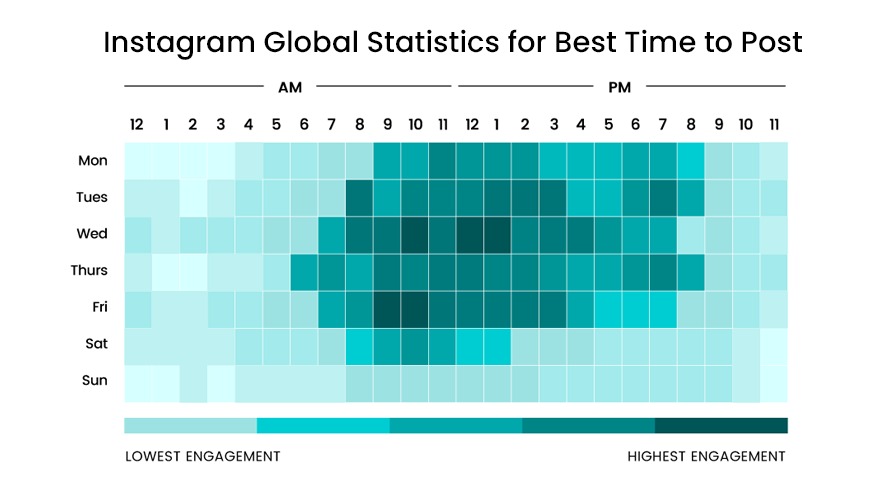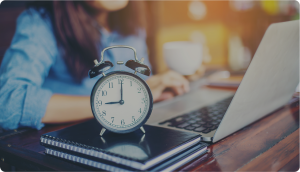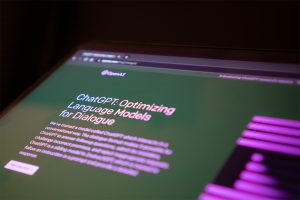
If you’ve spent time on Instagram, you must wonder how instagram is always showing you just what you are interested in. If you are a business or rather a marketing person, you could be asking “Why is my Instagram engagement down?” It all boils down to a very mysterious algorithm that uses artificial intelligence. Actually, scrap that, the Instagram algorithm is not that mysterious anymore and I am here to help you understand it. Not because I have any insider knowledge but because Instagram has become more vocal about it through blog posts and the @creators account.
If you know how the IG algorithms work and what are the factors involved, it will get easier to optimize your account to get more visibility – after all that is why businesses are on social media.
First, what are these all-powerful AI algorithms
An algorithm is a set of instructions telling the software how to transform a set of facts (or data) into useful information. In the case of Instagram and other social channels the useful information is what we get to see in our newsfeeds, stories, reels and explore tab.
95 million videos and pictures are shared on Instagram, every day. You read that right! There is a repository of over 40 billion posts, since the start of IG. That makes the work of these AI algorithms so important. Imagine the set of rules that are running behind your newsfeed every time you open it? It makes sure you don’t miss out on posts from your friends but it also gets your feeds expanding with posts on topics where you have unconsciously indicated your interest.
There are 200 million business profiles using Instagram in 2021. Currently in 2021, over 70% of U.S. companies use Instagram for marketing.
To understand better how data inputs translate into action, think about how you get dressed in the morning. You hardly give it a second thought because your brain is processing inputs based on past experience. As you stand in front of your closet, data inputs are being analyzed about the temperature, season, your day’s schedule – are you having a corporate pow-wow or are you meeting up with pals in the evening? If it was a computer ‘getting dressed’ algorithm, the condition and output would be if it is below 50 degrees and signs of a thundershower, then pick out that warm green suit and don’t forget the raincoat. So after getting dressed, you head to work and maybe take a selfie if you like your outfit and post it to instagram with a caption “Heading to work”. In this example, machine learning would have learnt from past mistakes when you ignored the weather outside when choosing your outfit. This essentially means that you keep learning from past experiences and that is the same as what IG algorithms are trained to do.
Also Read: How to Use Social Media to Improve Your Website’s SEO Results
There is more than one algorithm at work in IG
Till 2016, Instagram used a reverse chronological order to display posts in newsfeed. That meant though, that if you logged in only once a day or less, then you would miss most of your friends’ posts. That year, IG switched to using Artificial Intelligence, similar to what their parent company has done for Facebook (will we get used to calling it Meta?).
IG uses a number of algorithms, classifiers and processes to show you content that you will engage with. Instagram has stories, reels, feeds as well as paid advertisement and all these work on varying algorithms.
“Instagram doesn’t have one algorithm that determines what people do and don’t see on the app. We use a variety of algorithms, classifiers, and processes, each with its own purpose. We believe that using technology to personalize your experience is the best way to do that.”
Instagram algorithms uses thousands of signals
The algorithm uses key signals to determine what posts will be shown in your main feed. While newer posts are usually seen at the top, it is not a hard and fast rule.
The ranking signals for the IG algorithm in 2021 are:
● Interest: The Instagram algorithm’s job is to give you what you want as well as some preference-broadening content based on your engagement with related topics. It does this by tracking user affinity and understanding what is in a picture. So it will send football highlight videos to fans and cute dog videos to a pet-lover, like me.
● Timeliness: More recent posts are usually prioritized over older ones.
● Relationship: Content from your followers or accounts that you have frequently interacted with is prioritized.
● Frequency: People who don’t open their app frequently will have a bigger backlog and so the algorithm will play a bigger role in showing posts from the data backed up.
● Following: How many people you follow affects what you see, if you are following 500 accounts then you might see only posts from the last few accounts you spent quality time on.
Based on the data obtained from these instagram signals, the algorithm calculates a score of interest that determines in what order posts are displayed in the feed. Also, you can’t get your followers to unfollow everyone except you and so it can be difficult to increase your organic instagram reach to new audiences. So here are a few ways to get Instagram’s algorithms to pick your posts.
How can these insights be used by marketers
Gaining instagram followers:
The one thing that Instagram does differently from Facebook is that you cannot run advertisements for ‘Page likes’ to gain instagram followers to your account. Instagram followers can only grow organically and more the instagram engagement on your posts, the more chances to gain followers. Don’t try to game the system. Instagram algorithms can tell if your account is showing suspicious behaviour and penalize you.
Some of this shady stuff could be buying followers (some so-called services promise this) or ‘engagement’ pods – a group of instagram users will band together (quite a few of them fake) to ‘like, comment or follow specific accounts so that the engagement goes up.
The best time to make Instagram posts:
There are ways to grow organically and that usually is posting quality content and posting as frequently as you can. For businesses, optimal posting is 1-3 times per day and never less than twice each week. Also 11 a.m is the best time to post when users are most likely to engage. Use analytics to see what content your community is engaging with the most. This is the best way to decide on your content strategy.

More than 80% of businesses say engagement is the most important metric to measure for Instagram marketing.
Instagram content types that work:
Stories should remain a staple of your brand’s posts. Mainly because they are not restricted by Instagram algorithms and are pushed to the front in followers’ news feeds. Probably why one-third of stories come from brands. That does not mean you should ignore normal feeds, rather you should be doing both.
Also look at iTech’s Omni-channel Marketing Services
Visually striking content:
The most liked and shared content on Instagram is always those that have a visual impact. Even if you are from a “boring” industry, find ways to use high-quality pictures, videos and bold colors. There are tons of Instagram apps that can give your pictures a professional look.
Over 80% of accounts on Instagram follow a business.
Videos increase Instagram likes: (H3)While instagram has never openly said that they prioritize videos over images, the fact remains that their features like IGTV and Reels, indicate this priority. You don’t need to have a big budget for professional videos but do try out time-lapse videos or ‘live’ behind the scenes videos, taken on a good mobile phone.
Hashtags are geared for algorithms: You want your content to be searchable so don’t ignore those #hashtags. Use a combination of brand, product and community hashtags.However, these hashtags must be relevant or can be marked as spam. While 30 hashtags are allowed for a post, 9 seems to hit the sweet spot when it comes to engagement.

This might interest you: 5 Key #Hashtags Strategies to Market Your Business on Social Media
Finally, large brands should aim to meet or exceed an Instagram reach rate of 15% for their posts and at least 2% for an Instagram story. In case of brands with a smaller number of followers, the audience reach should be 35% for their posts and 7% for their stories. If you are not reaching this benchmark, you should be re-evaluating your Instagram content strategy.

Karen Jain
Karen brings her decades-long experience in content and digital marketing to helping global brands to showcase their expertise. When she isn’t writing or caught up in being a digital marketing evangelist, you will find her passionately involved in animal rescues.







